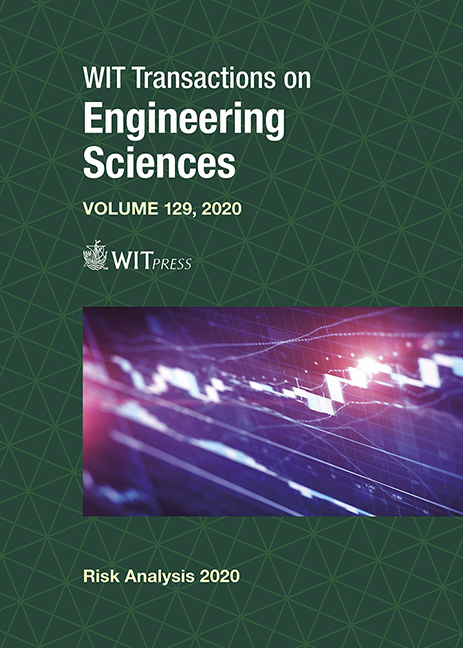CONCEPTUAL SITE MODEL: AN INTERMEDIARY BETWEEN BASELINE STUDY AND RISK ASSESSMENT
Price
Free (open access)
Transaction
Volume
129
Pages
8
Page Range
101 - 108
Published
2020
Size
489 kb
Paper DOI
10.2495/RISK200091
Copyright
WIT Press
Author(s)
TALIB E. BUTT, HINA AKRAM, CHARFELDINE MAHAMMEDI, CHRISTOPHER HOUSE
Abstract
A baseline study is a means of and for acquiring, organising, cleansing, presenting, and analysing all the data and/or information of preliminary investigation for hazard and risk assessment. This output of baseline study can be regarded as a conceptual site model (CSM), which has wide-ranging aspects that the literature to date does not appear to have captured a detailed account of, thereby limiting the full exploitation of CSM capacity in environmental communication between varying stakeholders. This knowledge-gap is focused upon by bringing out some new insights regarding CSM and creating an account of features of CSM for the first time. To start with, this study introduces CSM as an “intermediary” between a baseline study and the follow-on stages of the associated environmental risk assessment, and this is an innovative idea in its own right. Furthermore, light is torched upon CSM in several other new ways to show how CSM can serve as a live and “organic” foundation of an environmental risk assessment. It is depicted how the eight modules of a baseline study – geology, hydrology, hydrogeology, meteorology, geography, topography, anthropology and site management – can inform to develop a CSM. Also, a CSM could be descriptive and/or schematic which could still be computer-aided or non-computer aided. Another implication is that even though CSM contains the word “site” in the phrase, it does not mean that the model includes only the geographical or physical extent of the site, rather it also includes off-site, i.e., site-surroundings. This is where the aforesaid eight modules can cover both on-site and off-site characteristics of a given site being assessed. The innovative account of CSM parameters, advantages and uses would pave the way for further research and ignite debates among a diverse range of researchers, consultants, environmental regulators, decision-makers and other stakeholders.
Keywords
conceptual site model, risk assessment, risk analysis, baseline study, site characterization, site information





